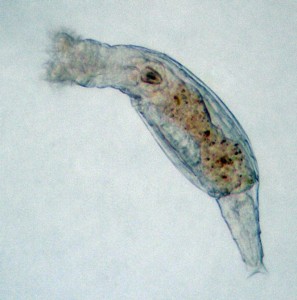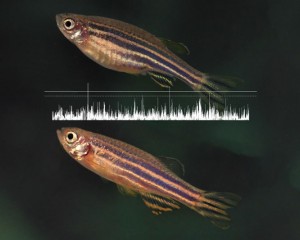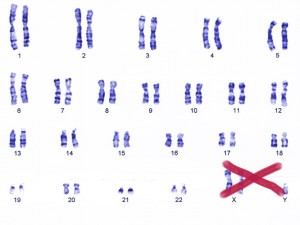Enter your address to receive notifications about new posts to your email.
Articles tagged Genetics of Sex
(17 results)
-
Sex with Benefits: Candida albicans and the Selective Advantage of Mating
A vast number of species depend on sexual reproduction for survival. Sex facilitates adaptation and rids populations of deleterious mutations. Despite the benefits of this process, sex can be remarkably costly and disrupt already advantageous genetic combinations. Only 20% of fungal species have been observed to reproduce sexually, and a long-standing mystery for researchers is…
-
The Secret Sex Lives of the Bdelloid Rotifers
Bdelloid rotifers have been veiled in mystery for decades. Despite extensive studies of this class of tiny freshwater invertebrates, no one has observed any trace of sex: no proven males, hermaphrodites, mating, or meiosis. Unlike other asexual organisms, which tend to be short-lived in evolutionary history, the apparently asexual bdelloid rotifers have managed to persist…
-
Beth and Bryn on fly sex
Male Drosophila fruit flies perform an elaborate ritual when they court a female. The male first turns towards the female, follows her, taps her, vibrates his wings to produce a species-specific song, licks her genitalia, curves his abdomen toward her and, if all goes well, the pair finally copulate. These complex routines may help flies…
-
Wild zebrafish sex: a lab mystery solved
Laboratory zebrafish hide a dirty little secret. Although the tiny fish have proven to be a vital model of vertebrate development and disease genetics, zebrafish reproduction—at least in the lab—has wildly variable outcomes. Offspring sex ratios can vary from extremely male-biased to extremely female-biased, depending on which breeding pairs serve as parents. The reason for…
-
ASHG Meeting Report: The X-factor in complex disease
One of the major risk factors for autoimmune diseases is being born with two copies of the X chromosome. For example, women—who typically carry two Xs—face around ten times the risk of lupus, while men with lupus are around 15 times more likely than the general population to carry two Xs and a Y (Klinefelter…
-
The Fragile Y
Y chromosomes have come and gone many times during evolutionary history. Take beetles. When Heath Blackmon and Jeff Demuth modeled sex chromosome evolution in more than a thousand beetle species, they found the Y chromosome had independently evolved around 65 times in the suborder Adephaga alone. And as fast as this group evolved new Y chromosomes,…







